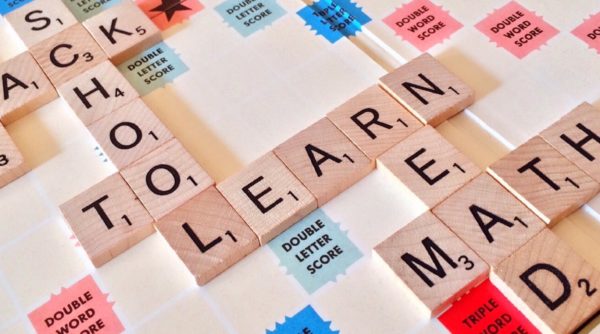In the previous tip, we learnt two ways of varying sentences: using different sentence types and length of sentences. In this post, I will discuss a more difficult way to vary sentences. This method involves sentence synthesis skills: looks like all the hard work your child put in to practise sentence synthesis can also help…
“This sentence has five words. Here are five more words. Five-word sentences are fine. But several together become monotonous. Listen to what is happening. The writing is getting boring. The sound of it drones. It’s like a stuck record. The ear demands some variety.” Gary Provost This is the first part of a quote you…
Having a memorable ending or conclusion helps your child’s essay stand out. How can we do this? Let’s turn to time tested solutions in Classical Greek theatre. Greek plays are generally divided into comedies and tragedies. This is basically what we call a happy and sad ending. In addition, they also have what is called…
In our previous posts, we discussed how to help your child to express emotions in their stories using the IDEA method. Another way your child can improve his essay is by improving the way the climax of his story is presented. We calling this ‘stretching the tension’. Let’s start by looking at how one of…
Now that we have gone through the first three letters of the IDEA technique, we are now moving to the final letter of the IDEA technique. “A”, the last letter, stands for Action. How can your child use this technique? Remember the simple rule of “show, not tell”? By using the character’s actions, your child…





